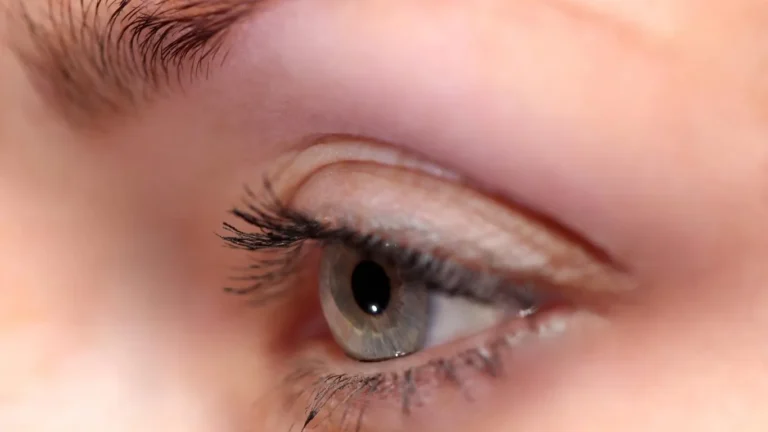How Napping Affects Blood Pressure Regulation for Healthier Living
As a physician specializing in hypertension management, I often see patients who struggle to keep their blood pressure within healthy limits. While we often talk about diet, exercise, and medication, there’s another factor that can make a significant difference in regulating blood pressure—something that is often overlooked: napping. You might be thinking, “How can a simple nap impact something as complex as blood pressure?” Let me tell you, napping isn’t just for boosting energy—it can play a vital role in regulating your blood pressure. Over the years, I’ve seen numerous patients benefit from the positive effects of well-timed naps. In this article, I’ll explore how napping affects blood pressure regulation and why it should be considered as part of a healthy lifestyle.
Understanding Blood Pressure and Its Regulation
Before diving into the specifics of how napping affects blood pressure, it’s important to understand what blood pressure is and how it’s regulated. Blood pressure refers to the force of blood pushing against the walls of your arteries as your heart pumps it around your body. When this force is too high, it can lead to hypertension (high blood pressure), a condition that can increase the risk of heart disease, stroke, and kidney problems.
Blood pressure is regulated by several factors, including your heart rate, the volume of blood being pumped, and the flexibility and diameter of your arteries. When any of these factors are out of balance, it can lead to higher-than-normal blood pressure. This is where lifestyle choices, like napping, can make a difference. But how exactly does sleep (or lack of it) impact these factors? Let’s dive deeper.
The Role of Sleep in Blood Pressure Regulation
Sleep plays an essential role in your body’s ability to regulate blood pressure. When you sleep, your body goes through a series of processes that help restore balance to various systems, including the cardiovascular system. During the night, your blood pressure naturally drops. This dip is known as “nocturnal dipping” and is an essential feature of healthy blood pressure regulation. The body uses sleep as a time to rest and recover, and this dip in blood pressure helps the heart and blood vessels recover from the stress they experience during the day.
However, the benefits of sleep go beyond just a good night’s rest. Short naps throughout the day can have a similar effect, giving the body an opportunity to lower blood pressure and reset. For many of my patients, I’ve recommended naps as a way to support their blood pressure management plan—especially for those who struggle with high blood pressure throughout the day.
How Napping Helps to Lower Blood Pressure
Research has shown that naps can help lower blood pressure by activating the body’s parasympathetic nervous system. This is the part of your nervous system that promotes relaxation and rest. When you take a nap, your body shifts into a more relaxed state, which helps reduce stress levels, lower heart rate, and improve blood vessel function—all of which can contribute to lower blood pressure.
Interestingly, the timing and length of your nap can influence how much of an effect it has on your blood pressure. A short, 20-30 minute nap can provide a quick energy boost without disrupting your nighttime sleep cycle. On the other hand, longer naps (up to an hour or more) can have more pronounced effects on blood pressure regulation, especially if you’re experiencing high stress levels throughout the day. However, it’s important not to nap too long, as this can lead to sleep inertia—feeling groggy and disoriented upon waking up, which can negate some of the positive effects of the nap.
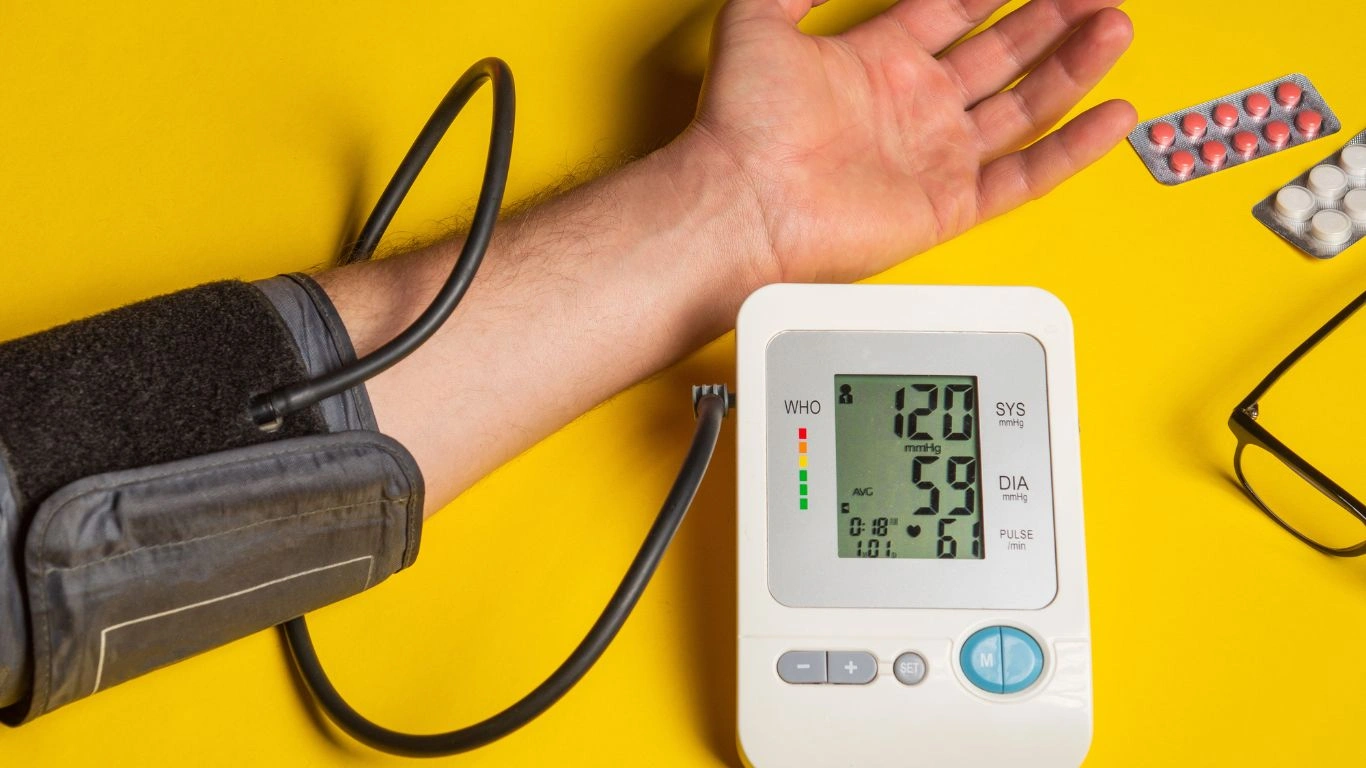
Scientific Evidence Behind Napping and Blood Pressure Regulation
You might be wondering, “Is there any actual evidence that napping affects blood pressure?” Well, yes! Numerous studies have shown that naps can have a beneficial effect on blood pressure, especially in individuals who are sleep-deprived or under chronic stress.
- A study published in the journal “Hypertension” in 2008 found that a 30-minute nap in the afternoon can reduce blood pressure in individuals with high blood pressure.
- Research from the University of Athens demonstrated that a short nap (around 30 minutes) could lead to significant reductions in both systolic and diastolic blood pressure.
- Another study in 2019 suggested that napping for 10 minutes was enough to provide cardiovascular benefits, including lowering blood pressure and reducing heart rate variability.
These studies suggest that napping may provide a simple and effective way to help manage blood pressure. However, it’s important to note that naps should not be seen as a replacement for a healthy sleep routine or medical treatment for hypertension. Rather, they should be seen as an additional tool to complement your overall blood pressure management strategy.
When is the Best Time to Nap for Blood Pressure Benefits?
Timing your naps correctly is essential for maximizing their blood pressure-lowering effects. Generally, the best time to take a nap is during the early to mid-afternoon—typically between 1:00 and 3:00 PM. This is when most people experience a natural dip in energy, often due to the body’s circadian rhythm. Taking a nap during this time allows your body to rest and reset without interfering with your nighttime sleep.
That said, it’s important to listen to your body. If you feel fatigued in the early afternoon and need a nap, go ahead and rest. If you try napping too late in the day (say after 4:00 PM), you might find it harder to fall asleep at night, which could disrupt your overall sleep pattern and even contribute to higher blood pressure in the long run.

Key Takeaways on Napping and Blood Pressure
To sum it up, napping can be a powerful tool for managing blood pressure, especially when combined with other healthy lifestyle habits like eating a balanced diet and getting regular exercise. But like anything, moderation is key. Short naps of around 20-30 minutes can offer quick relaxation and stress relief, which can lead to lower blood pressure levels. If you find yourself feeling particularly stressed during the day or if you haven’t had a good night’s sleep, consider using napping as a strategy to help manage your blood pressure. But don’t forget: it’s essential to prioritize a full night of sleep and consult with your healthcare provider if you’re dealing with chronic hypertension.
Can Napping Replace Medication for High Blood Pressure?
While napping can help manage blood pressure, it is not a replacement for medication in individuals with chronic hypertension. For patients with high blood pressure, managing the condition often requires a combination of lifestyle changes, medication, and regular monitoring. Napping should be seen as a complementary strategy, not a standalone solution. If you have high blood pressure, talk to your healthcare provider before making any significant changes to your routine.
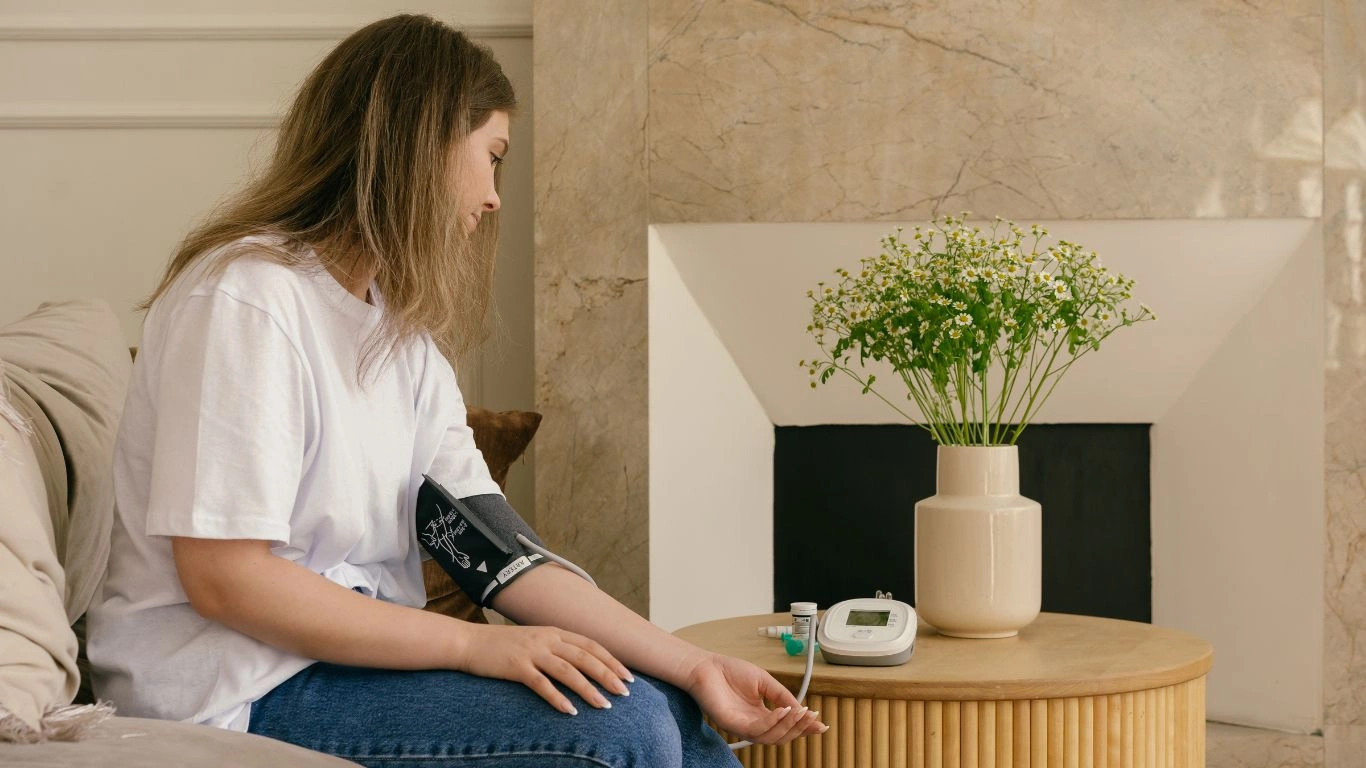
Integrating Napping into Your Daily Routine
If you’re wondering how to integrate napping into your daily routine, it’s not as hard as it might sound. I’ve worked with many patients who’ve struggled to get enough sleep at night, and I’ve seen firsthand how a short nap during the day can work wonders. The key is to make it a part of your lifestyle, not something you do sporadically or feel guilty about. It’s all about balance and being mindful of how your body responds.
Creating the Ideal Nap Environment
When it comes to napping, the environment you create plays a huge role in how effective the nap will be. It’s not just about finding time during the day; it’s also about setting yourself up for success. Here are some tips I recommend to my patients to optimize their nap:
- Find a quiet, dark place: Just like with nighttime sleep, your nap environment should be quiet and free from distractions. If you can, close the curtains or dim the lights to create a calm, restful atmosphere.
- Set a timer: It’s easy to lose track of time, but you don’t want to nap for too long. Set an alarm for 20-30 minutes to ensure you don’t fall into a deep sleep cycle. This short nap will leave you feeling refreshed without the grogginess that comes with longer naps.
- Get comfortable: While you may not need to create a full bed-like setting, try to make sure you’re comfortable. Whether that means lying down or sitting in a reclining chair, it’s essential to relax fully.
- Avoid distractions: Turn off your phone or set it to “Do Not Disturb.” It’s also a good idea to avoid watching television or reading before your nap, as these activities can overstimulate your mind.
Over time, as you begin incorporating naps into your routine, your body will naturally start to crave this rest. Don’t rush it. Be patient with yourself and let your body adjust to the new rhythm. You’ll likely start noticing subtle changes in your blood pressure, stress levels, and overall energy.
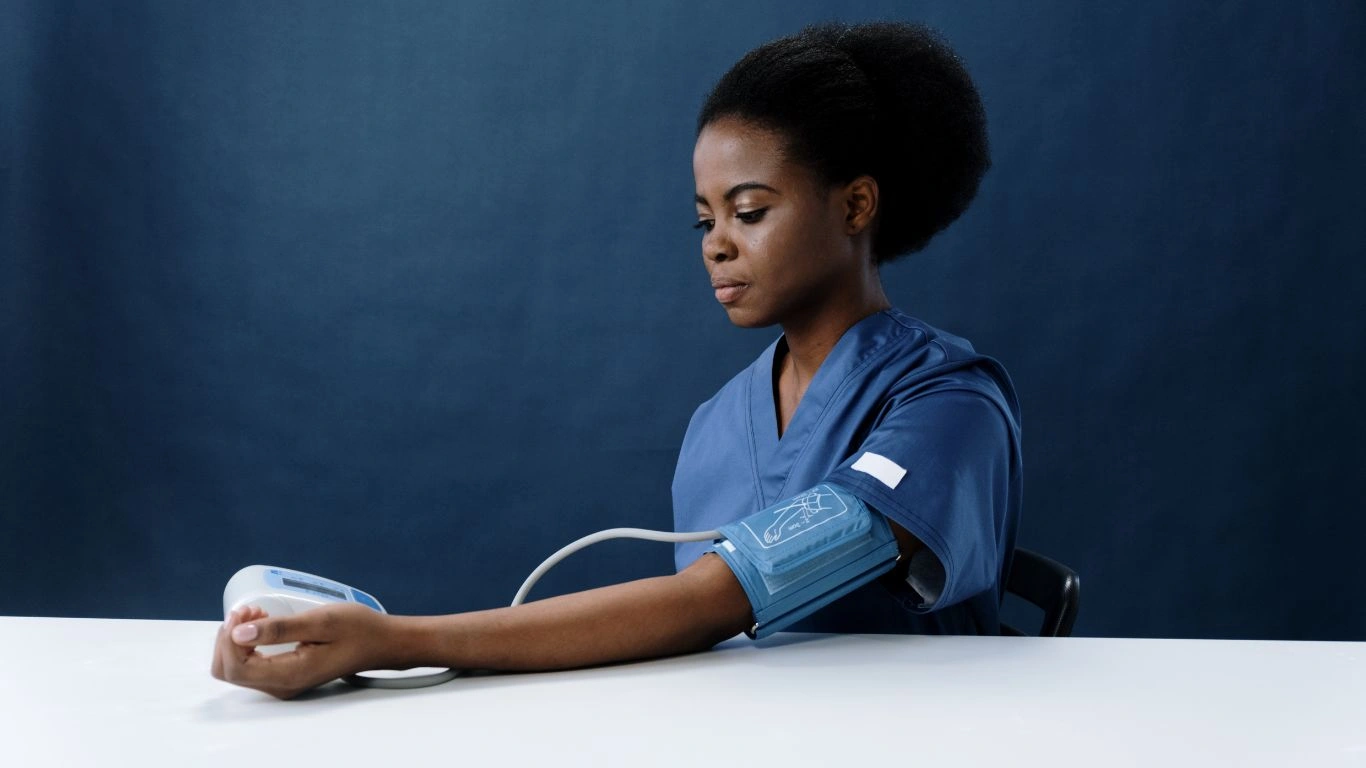
The Impact of Chronic Stress on Blood Pressure
When we think about the effects of napping on blood pressure, we also have to consider the role that stress plays in hypertension. If you’re like most people, you’ve probably experienced a stressful day at work or dealt with personal challenges that left you feeling frazzled. Chronic stress can take a major toll on your blood pressure, and over time, it may lead to sustained high blood pressure (hypertension). Napping can help mitigate some of this damage by providing a mental and physical break.
As a busy Internal Medicine Physician, I’ve witnessed how stress affects my patients’ health. It’s not just the big life events that take a toll; the daily grind—traffic, deadlines, family pressures—adds up too. Stress causes the body to release hormones like cortisol and adrenaline, which are known to temporarily raise blood pressure. A quick nap can help counteract these effects by resetting the body’s stress response system. Here’s how:
- Stress reduction: Napping helps activate the parasympathetic nervous system (the “rest and digest” system), which counters the fight-or-flight response. This reduction in stress hormones can lower heart rate and blood pressure.
- Better coping mechanisms: A well-rested person is often better equipped to deal with stress. By recharging during a nap, you’re giving your mind and body the tools they need to handle future stressors more effectively.
- Improved mood: A good nap can improve your mood and leave you feeling more optimistic and less anxious, which, in turn, can positively affect your blood pressure.
For those of you who are constantly battling stress, incorporating a nap into your routine might be one of the easiest ways to manage your blood pressure. It’s not a magic bullet, but it certainly helps create a buffer between you and the chaos of daily life.
What Happens When You Don’t Nap?
You might be wondering: what happens if I don’t nap or if I don’t sleep well at night? Well, sleep deprivation and chronic stress can both contribute to a rise in blood pressure. I’ve seen many patients whose blood pressure spikes after a few consecutive nights of poor sleep. This is because when you don’t get enough sleep, your body doesn’t get the chance to lower your blood pressure during the night like it’s supposed to. Over time, this can contribute to sustained high blood pressure.
If you’re skipping naps or sacrificing sleep, it can have a ripple effect on your overall health. Not only can it raise your blood pressure, but it also leads to a cycle of exhaustion, irritability, and diminished cognitive function. Chronic sleep deprivation also increases the likelihood of developing other health issues, such as diabetes and cardiovascular disease. This is why I emphasize to my patients the importance of good sleep hygiene and incorporating naps where possible, especially for those with hypertension or at risk for it.

Other Benefits of Napping for Hypertension
Beyond lowering blood pressure, napping offers a range of other health benefits that can help improve your overall well-being. As someone who deals with hypertension regularly, I’ve seen how these additional benefits go hand-in-hand with blood pressure management:
- Enhanced cognitive function: Naps help to clear the mental fog that accumulates during the day, improving your concentration and memory.
- Boosted immune system: Short naps have been shown to support the immune system, helping your body fight off infections and illnesses.
- Improved mood: Napping can help reduce irritability and promote a more positive outlook, which also helps in stress reduction and blood pressure management.
- Increased productivity: A quick nap can leave you feeling more energized and ready to tackle the rest of your day. Whether it’s work or personal tasks, you’ll be more productive after a rest.
So, the next time you feel the mid-afternoon slump, don’t just reach for another cup of coffee. Consider taking a brief nap instead. It’s a healthier alternative that can offer long-term benefits for both your blood pressure and overall health.
Potential Risks of Napping and How to Avoid Them
While napping can offer several benefits for managing blood pressure, it’s important to note that there are potential risks associated with napping if it’s not done properly. As with most things in life, balance is key. When I speak with patients about napping, I make sure they understand that it should complement, not replace, their nighttime sleep. Overdoing it can cause problems just like too little sleep can.
Risks of Napping Too Long
One of the most common mistakes people make when it comes to napping is sleeping for too long. A nap that lasts more than an hour or two may leave you feeling groggy and disoriented, a condition called sleep inertia. In my practice, I’ve seen that napping for extended periods can also disrupt your nighttime sleep cycle, making it harder to fall asleep at your usual bedtime. This can lead to a vicious cycle where poor nighttime sleep leads to the need for longer naps, which only exacerbates the problem.
If you’ve ever taken a nap that lasted longer than you planned, you might have felt that “out of it” sensation when you woke up. This is a natural response when you interrupt your body’s sleep cycle. To avoid this, aim for naps that are no longer than 30 minutes. This short window allows your body to rest without entering deep sleep, preventing the grogginess that comes with longer naps.
Timing Is Everything
Another important aspect of napping is the timing. Napping too late in the afternoon can interfere with your ability to fall asleep at night. This is particularly important if you suffer from high blood pressure, as poor sleep can elevate your blood pressure the next day. In my experience, I recommend patients aim for naps between 1:00 PM and 3:00 PM. This window aligns with the body’s natural circadian rhythm, providing the most benefits without compromising nighttime sleep.
Taking a nap after 4:00 PM or later can shift your sleep cycle, which can result in poor quality sleep during the night. If you have difficulty falling asleep or staying asleep at night, it’s even more important to establish a consistent nap schedule to avoid interfering with your rest later on.
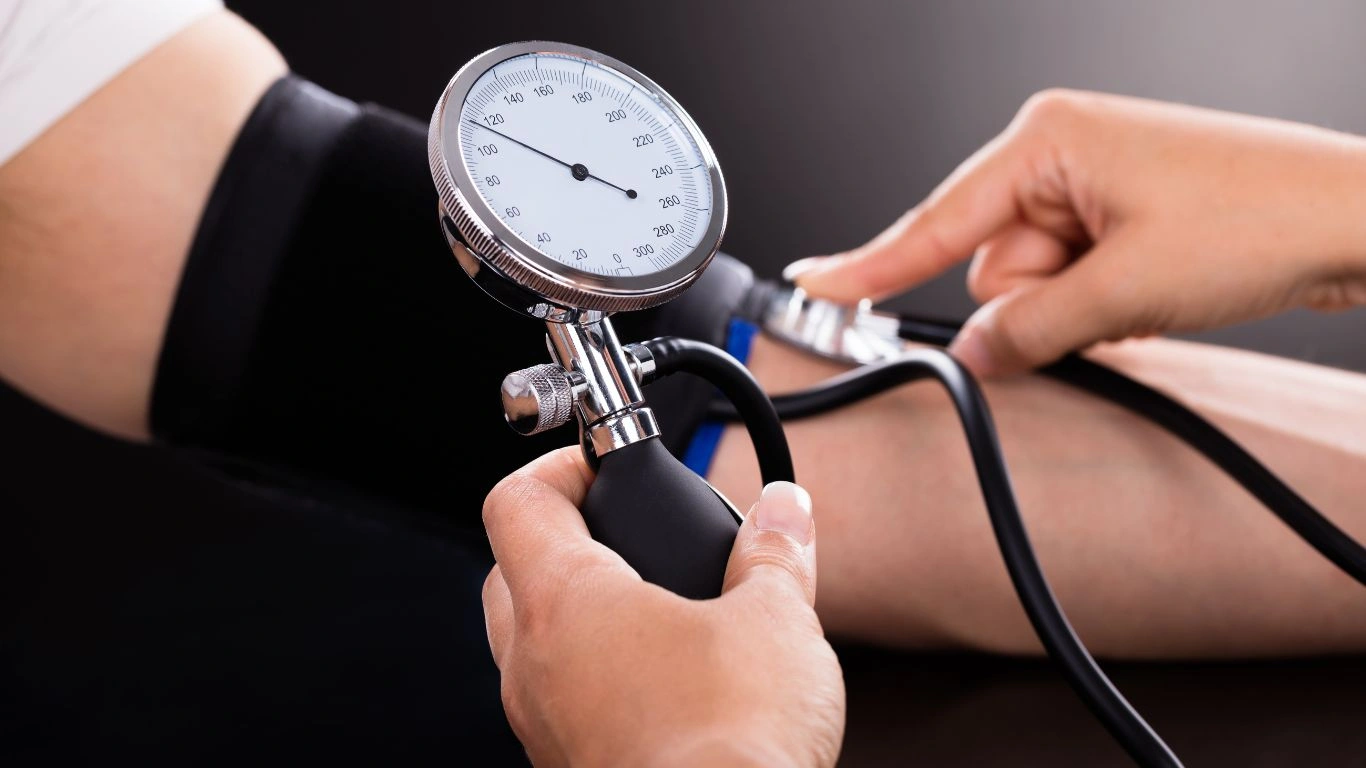
Does Napping Alone Improve Hypertension?
Although napping can help lower blood pressure, it’s important to remember that it’s just one piece of the puzzle when it comes to managing hypertension. As someone who works in hypertension management, I can tell you that a well-rounded approach is necessary to keep blood pressure within a healthy range.
In addition to naps, patients with hypertension should focus on the following lifestyle factors:
- Healthy Diet: A balanced, nutrient-rich diet, especially one that’s low in sodium, high in potassium, and full of fruits, vegetables, and lean proteins, can help regulate blood pressure.
- Regular Exercise: Engaging in physical activity, such as walking, cycling, or swimming, for at least 150 minutes a week can help lower blood pressure by improving heart health and reducing stress.
- Medication: If lifestyle changes alone don’t lower blood pressure, medications such as ACE inhibitors, calcium channel blockers, or diuretics may be prescribed to help control hypertension.
- Stress Management: Practices like yoga, mindfulness meditation, and even simple breathing exercises can help reduce stress and lower blood pressure over time.
When these elements work together, the chances of controlling hypertension improve dramatically. A nap might not be the only solution to high blood pressure, but it can be an effective tool when combined with a comprehensive approach to health.
How to Monitor the Impact of Napping on Your Blood Pressure
If you’re considering adding naps to your routine as a way to manage blood pressure, it’s important to monitor how they affect your health. In my practice, I always encourage patients to track their blood pressure regularly, especially when making any lifestyle changes. The good news is that with today’s technology, there are a variety of tools available to help you monitor your blood pressure at home, so you can see how naps are impacting your numbers.
Blood pressure monitors are relatively affordable and easy to use. Most devices allow you to track your readings over time, so you can make adjustments as needed. If you notice that your blood pressure is consistently lower on the days you take naps, it’s a good sign that this habit is benefiting you. On the other hand, if your blood pressure doesn’t improve, it could indicate that other factors are at play, such as medication, diet, or overall stress levels.
In addition to home monitoring, regular visits to your healthcare provider are essential. We can assess the effectiveness of your blood pressure management plan and make adjustments based on your individual needs. Whether it’s incorporating naps, adjusting your medications, or improving sleep hygiene, regular check-ins with your doctor can help keep your blood pressure in check.
References
For more information about blood pressure management, napping, and general health, I recommend checking out these reputable resources:
- Mayo Clinic: Hypertension Diagnosis and Treatment
- Centers for Disease Control and Prevention (CDC): Blood Pressure
- Health.com: The Benefits of Napping
- National Institutes of Health: Napping and Cardiovascular Health
Disclaimer
The information provided in this article is for educational purposes only and should not be considered medical advice. Always consult with a healthcare provider before making significant changes to your health regimen, especially if you have a pre-existing medical condition such as hypertension. Napping may be beneficial for many individuals, but it is not a replacement for a comprehensive blood pressure management plan that includes diet, exercise, medication, and regular monitoring.

Dr. Gwenna Aazee is a board-certified Internal Medicine Physician with a special focus on hypertension management, chronic disease prevention, and patient education. With years of experience in both clinical practice and medical writing, she’s passionate about turning evidence-based medicine into accessible, actionable advice. Through her work at Healthusias.com, Dr. Aazee empowers readers to take charge of their health with confidence and clarity. Off the clock, she enjoys deep dives into nutrition research, long walks with her rescue pup, and simplifying medical jargon one article at a time.

